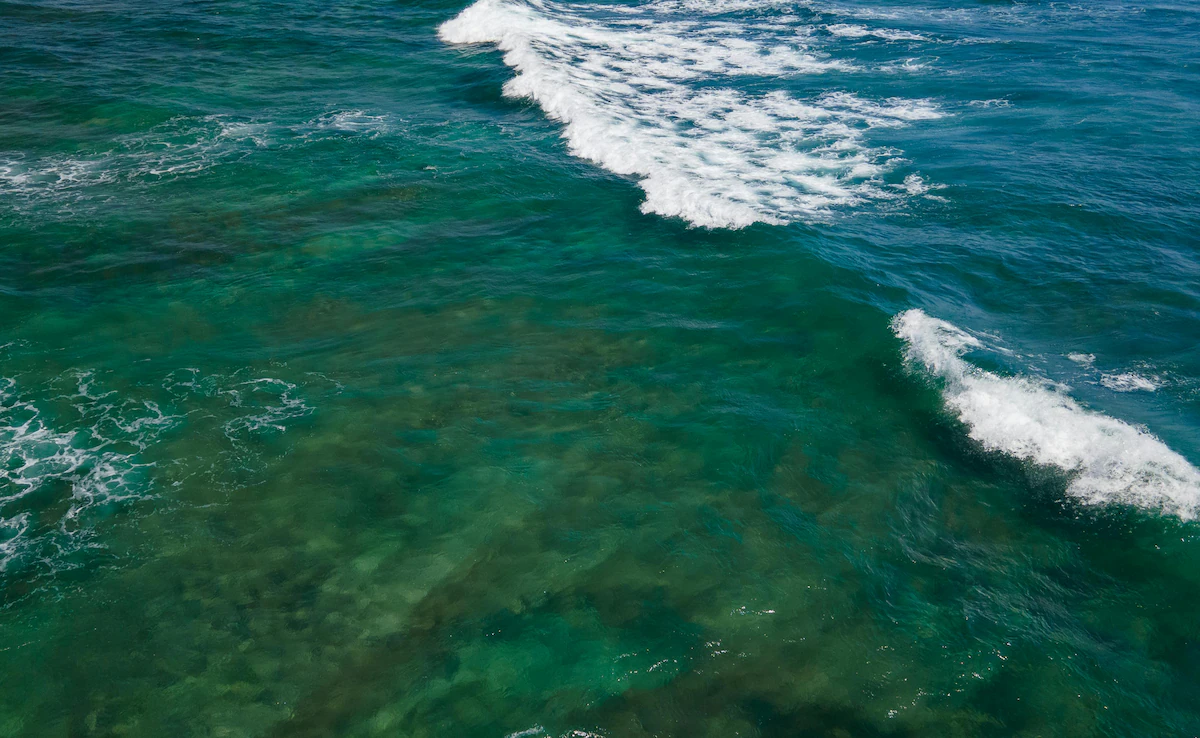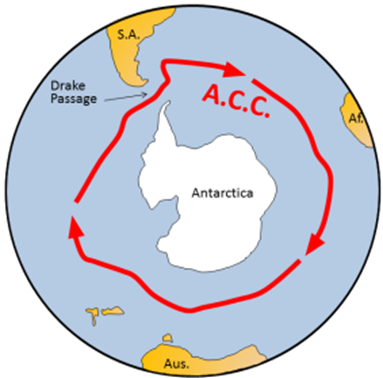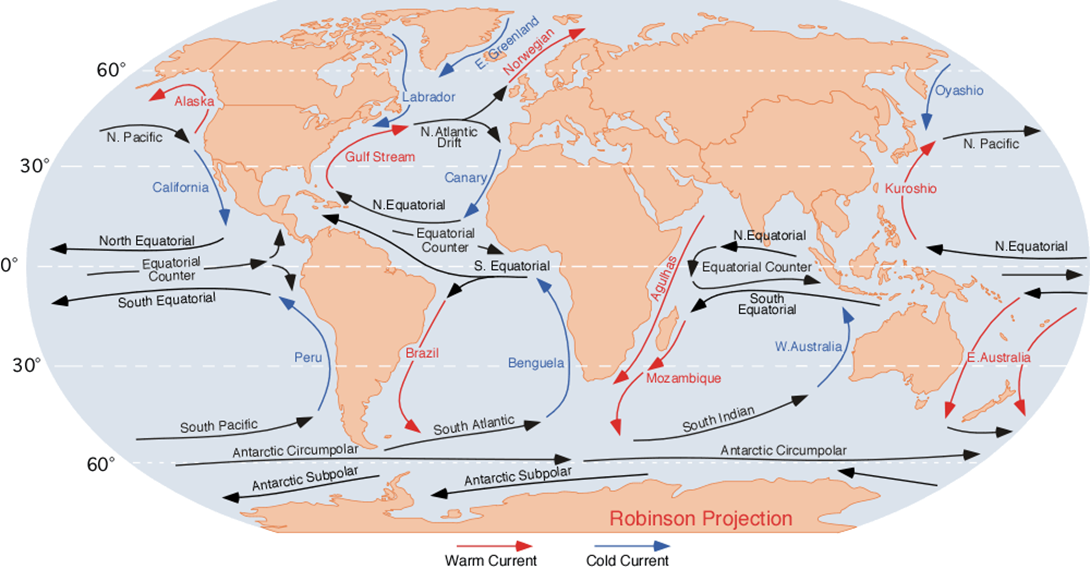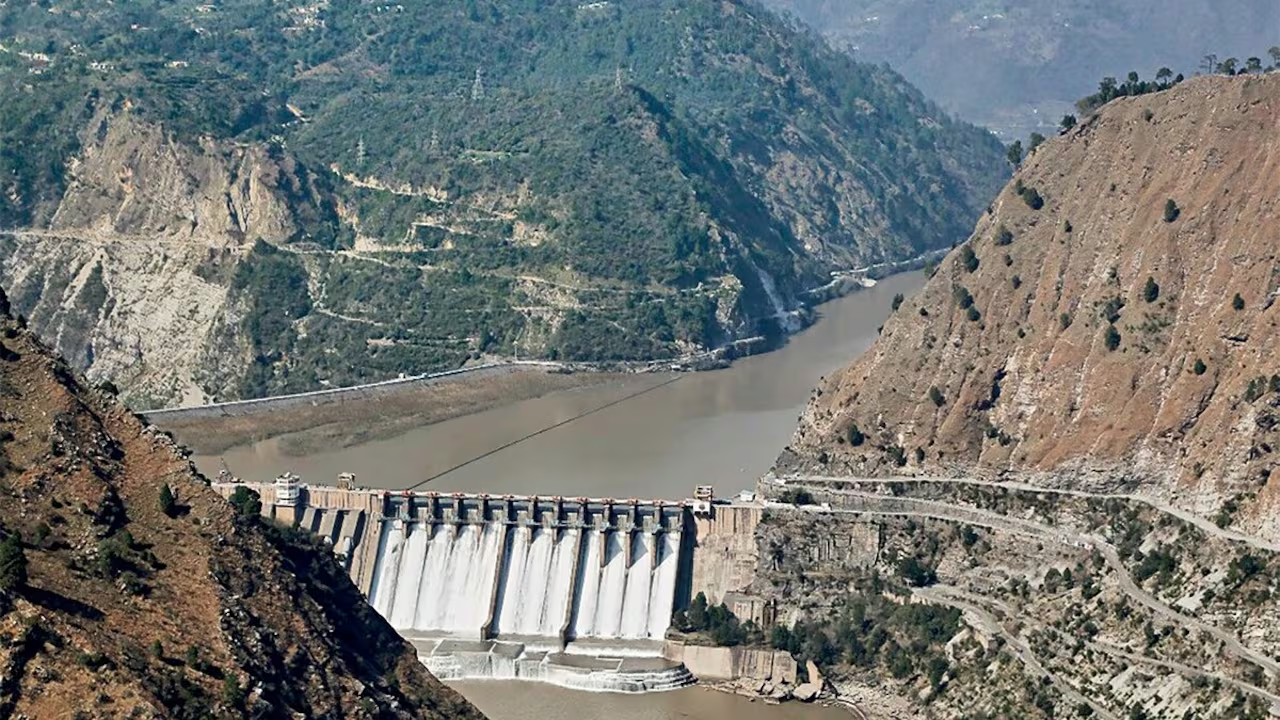- Courses
- GS Full Course 1 Year
- GS Full Course 2 Year
- GS Full Course 3 Year
- GS Full Course Till Selection
- Answer Alpha: Mains 2025 Mentorship
- MEP (Mains Enrichment Programme) Data, Facts
- Essay Target – 150+ Marks
- Online Program
- GS Recorded Course
- Polity
- Geography
- Economy
- Ancient, Medieval and Art & Culture AMAC
- Modern India, Post Independence & World History
- Environment
- Governance
- Science & Technology
- International Relations and Internal Security
- Disaster Management
- Ethics
- NCERT Current Affairs
- Indian Society and Social Issue
- NCERT- Science and Technology
- NCERT - Geography
- NCERT - Ancient History
- NCERT- World History
- NCERT Modern History
- CSAT
- 5 LAYERED ARJUNA Mentorship
- Public Administration Optional
- ABOUT US
- OUR TOPPERS
- TEST SERIES
- FREE STUDY MATERIAL
- VIDEOS
- CONTACT US
Earth’s Strongest Ocean Current Could Slow Down by 20% by 2050 in a High Emissions Future
Earth’s Strongest Ocean Current Could Slow Down by 20% by 2050 in a High Emissions Future
06-03-2025

- A recent study led by Australian researchers has found that the Antarctic Circumpolar Current (ACC) could slow down by 20% by 2050 due to high emissions.
- ACC is the world’s strongest ocean current
- This could have serious effects on global climate, accelerating the melting of the Antarctic ice sheets and contributing to sea level rise.
Key Facts:
- Antarctic Circumpolar Current (ACC):
- The ACC is an ocean current that flows around Antarctica, connecting the Atlantic, Pacific, and Indian Oceans.
- It is 4 times stronger than the Gulf Stream and plays a critical role in regulating global temperatures and carbon dioxide in the oceans.
- The ACC helps keep warm ocean water away from Antarctica, preventing the ice from melting too quickly.
- Geographical Context:
-
- The ACC flows between 55°S and 65°S, encircling Antarctica.
- The current passes through important areas like the Drake Passage, which helps control its strength.
- If the ACC slows down, it will impact ocean currents worldwide, affecting global climate systems.

- Scientific Concepts:
- The flow of the ACC is mainly caused by wind and the Earth's rotation, which push water eastward.
- Thermohaline Circulation: The ACC is part of a global system that moves ocean water around the planet, helping to regulate temperature and salt levels in the oceans.
- If the ACC slows, this system may be disrupted.
- Density Stratification: As Antarctic ice melts, it adds cold, fresh water to the oceans, which changes the water’s density and slows the current.
- Study Methodology:
- The study used climate models and Australia’s supercomputer, Gadi, to predict how warming temperatures, melting ice, and changing winds will affect the ACC.
- The results showed that melting Antarctic ice shelves contribute fresh water that changes ocean density, slowing the current.
- Study Findings and Projected Impacts:
- Under a high-emissions scenario, the ACC is expected to slow down by 20% by 2050, which would change ocean patterns and affect the climate.
- The slowdown will allow warm water to reach Antarctica, speeding up the melting of ice sheets and raising sea levels.
- The oceans’ ability to absorb carbon dioxide will decrease, making global warming worse.
- The slowdown of the ACC will cause more unpredictable weather and climate changes in different parts of the world.
- Impact on Marine Ecosystems:
- The ACC helps to prevent invasive species from reaching Antarctica.
- Slowing down the current could allow these species to spread and harm the ecosystem.
- The current also affects marine food webs, which could disrupt fisheries and marine biodiversity.
- Wider Environmental Impacts:
- Sea-Level Rise: Faster melting of Antarctic ice will lead to higher sea levels, which can affect coastal communities, especially those in low-lying areas like Bangladesh and the Maldives.
- Melting ice reduces the albedo effect, meaning more sunlight is absorbed by the Earth, leading to more warming.
- The slowdown of the ACC could affect the Indian Ocean, which might change monsoon patterns and weather in India.
- This could lead to changes in rainfall and the occurrence of extreme weathe
- Policy and Governance Implications
- International Treaties:
The Antarctic Treaty may need updating due to the changing role of the Antarctic Circumpolar Current (ACC) in regulating global climate. - Climate Change Negotiations:
The findings about the ACC’s slowdown could strengthen calls for stronger climate action at international forums like COP (Conference of the Parties) to limit carbon emissions and slow down global warming. - Sustainable Development Goals (SDGs):
The study highlights the need to meet SDG 13 (Climate Action) and SDG 14 (Life Below Water), as the ACC's slowdown affects marine ecosystems and the global climate. - National Policies:
- India’s Climate Policy: India needs to consider the impact of the ACC’s slowdown on its climate policies, particularly for the Indian Ocean and the monsoon season.
- Impact on Indian Ocean: The ACC slowdown may affect the Indian Ocean's circulation, influencing monsoon patterns and extreme weather events in India.
- International Treaties:
About Antarctica
The Antarctic Treaty
|
|
India in Antarctica
India’s Plans for New Research Station in Antarctica
|
What are Ocean Currents ?
- Ocean currents are continuous movements of seawater driven by various forces.
- Driving Forces:
- Wind: Wind creates surface currents by dragging water.
- Temperature and Salinity: These influence water density, driving vertical and horizontal water movement (thermohaline circulation).
- Coriolis Effect: The Earth’s rotation deflects water to the right in the Northern Hemisphere and to the left in the Southern Hemisphere.
- Tides: Gravitational forces from the Moon and Sun cause tidal currents, especially near coasts.
- Gravity: Pulls dense cold water downward.

- Types of Ocean Currents:
- Surface Currents: Primarily wind-driven, affecting the ocean's upper layers.
- Deep Currents: Driven by density differences, circulating deep ocean water.
- Role in the Climate System:
- Regulates global climate by transferring heat.
- Distributes nutrients and marine organisms.
- Influences weather patterns and shipping routes.
Also Read
FREE NIOS Books




